
Premium WPC Composite Cladding for Durable, Stylish Exteriors Composite WPC Decking & Fencing Solutions
- Introduction to WPC Composite Cladding: Innovation and Market Trends
- Technical Advantages of Composite WPC Decking and Fencing
- Comparative Analysis: Leading Manufacturers
- Customization Options: Tailored Solutions for Diverse Needs
- Real-World Applications with Impactful Case Studies
- Installation and Maintenance Insights
- WPC Composite Cladding: Future Prospects and Sustainable Impact
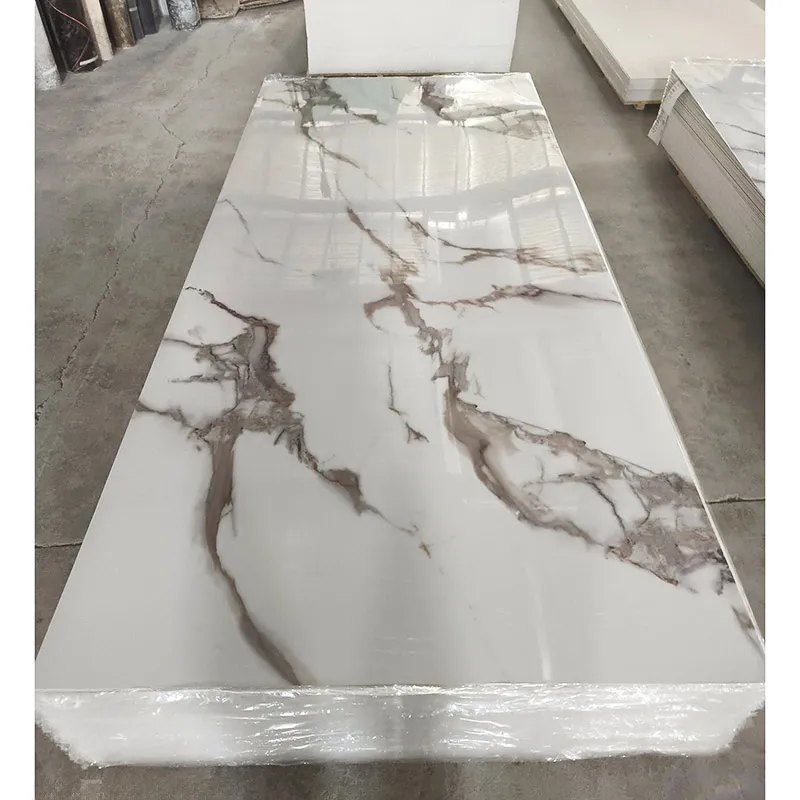
(wpc composite cladding)
Introduction to WPC Composite Cladding: Innovation and Market Trends
Wood Plastic Composite (WPC) composite cladding is revolutionizing architectural facades and exterior design with a blend of durability, sustainability, and aesthetic flexibility. Over the past decade, the global WPC cladding market has experienced remarkable growth, fueled by increased demand for innovative, eco-friendly building materials. According to Global Market Insights, the WPC market size exceeded USD 5.8 billion in 2022 and is projected to grow at a CAGR of over 11% from 2023 to 2032. This uptick is driven by both residential and commercial developments, with builders and architects consistently choosing composite WPC decking and fencing over traditional wood for enhanced longevity and reduced maintenance costs. The renewed interest in sustainable solutions further strengthens WPC composite cladding’s position as a key material in modern construction.
Technical Advantages of Composite WPC Decking and Fencing
WPC composite products are engineered by combining recycled wood fibers and high-quality plastic polymers. This synergy results in superior mechanical and functional properties, including high resistance to UV rays, moisture, termites, and fungal decay. Composite WPC decking, in particular, offers a slip-resistant surface, color stability, and the ability to withstand diverse climatic conditions without warping or splintering. Advanced co-extrusion technologies have improved surface finishes, enabling the emulation of natural timber grains while boosting durability. Compared to conventional timber, WPC products save around 80% in annual maintenance costs due to significantly reduced need for resealing and painting. Additionally, these products are generally manufactured with up to 90% recycled content, underlining their sustainability credentials and contributing to LEED certification goals in green building projects.
Comparative Analysis: Leading Manufacturers
When evaluating WPC cladding, decking, and fencing, comparative assessment of industry leaders is essential for optimal product selection. The following data-driven table contrasts key manufacturers on parameters such as product range, warranty, recycled content, and global distribution:
| Brand | Product Range | Warranty | Recycled Content (%) | UV Resistance | Global Reach |
|---|---|---|---|---|---|
| Trex | Cladding, Decking, Fencing | 25 Years | 95 | High | 60+ Countries |
| Fiberon | Cladding, Decking | 25 Years | 94 | High | 30+ Countries |
| Everwood | Cladding, Decking, Fencing | 20 Years | 90 | Medium | 15+ Countries |
| COOWIN | Cladding, Decking, Fencing | 15 Years | 88 | Medium | 20+ Countries |
This comparative analysis highlights that top brands such as Trex and Fiberon lead with superior recycled content, warranty, and extensive global availability. Their advanced UV-resistant coatings ensure long-lasting performance even in challenging environments, making them preferable for large-scale and high-budget architectural projects.
Customization Options: Tailored Solutions for Diverse Needs
One of the defining strengths of composite WPC cladding and related products is the array of available customization options. Architects, designers, and homeowners can specify color, texture, plank width, and surface finish to match varied design visions. Factory pre-finishing allows precise control of pigment saturation and embossing patterns, enabling the recreation of rare wood looks or entirely contemporary aesthetics. In technical terms, customization can also extend to board thickness and hidden fastener profiles to accommodate thermal expansion and installation preferences. Increasingly, leading manufacturers offer modular WPC composite fencing systems with interchangeable panels and color-matched accessories, simplifying both design and installation phases. For commercial projects, bespoke branding and laser etching are available, allowing corporate logos or architectural motifs to be seamlessly integrated into cladding panels. Such versatility ensures WPC products cater to the nuanced requirements of retail outlets, hotels, schools, and residential projects alike.
Real-World Applications with Impactful Case Studies
WPC composite cladding and its affiliated solutions have been widely adopted in different building sectors worldwide, attesting to their functional advantages. A striking example is the Dubai Smart City Innovation Center, which utilized over 12,000 square meters of WPC cladding to achieve a futuristic, low-maintenance facade under harsh Middle Eastern conditions. The result was a 40% reduction in facade upkeep and improved thermal performance, validated by post-occupancy data. In the residential sector, a community townhouse project in Melbourne, Australia, opted for composite WPC decking, citing the need for non-slip surfaces and longevity. After five years, the decking exhibited less than 2% color fading, even with continuous sun exposure. In education, the recent refurbishment of a German primary school integrated WPC composite fencing for heightened safety and aesthetic appeal, while also reducing annual repainting costs by €3,500. Such case studies underscore not only the versatility of WPC materials but also their positive impact on operations and maintenance budgets across multiple use cases.
Installation and Maintenance Insights
Proper installation is crucial for maximizing the performance and durability of WPC composite cladding, decking, and fencing. Most manufacturers recommend stainless steel or hidden fastener systems, which preserve the visual integrity of the facade while accommodating material expansion. The low water absorption rate—typically less than 0.2%—means that WPC panels can be used in high-humidity environments without risk of swelling or rot. Maintenance routines are notably straightforward: periodic washing with mild detergent is sufficient to keep surfaces free from dirt and stains. Unlike natural wood, WPC cladding does not require sanding, staining, or sealing, which translates into reduced lifetime labor and material costs. For commercial applications, automated cleaning systems used in high-rise installations are fully compatible with WPC surfaces due to their stable dimensional properties. Collectively, these characteristics enhance lifecycle value and make WPC products an advantageous choice for large-scale development and property management.
WPC Composite Cladding: Future Prospects and Sustainable Impact
The outlook for WPC composite cladding remains exceedingly positive as green building standards and carbon reduction targets gain momentum worldwide. By incorporating recycled content and utilizing energy-efficient manufacturing processes, leading brands are pushing the environmental boundaries of composite materials. In European markets, stringent regulations such as EPD (Environmental Product Declaration) encourage specifiers to select WPC solutions, citing documented reductions in CO2 emissions—up to 55% less than comparable natural wood alternatives. Moreover, the ongoing expansion of color-matching and smart cladding technologies—including integrated photovoltaic panels—promises new frontiers for design-driven sustainability. As construction shifts toward net-zero goals, the role of WPC composite cladding, complemented by compatible composite WPC decking and fencing systems, will only expand. The next decade will witness further material improvements, increased recycling loops, and smarter integration into holistic building envelopes, making WPC cladding a central component of sustainable architectural innovation.
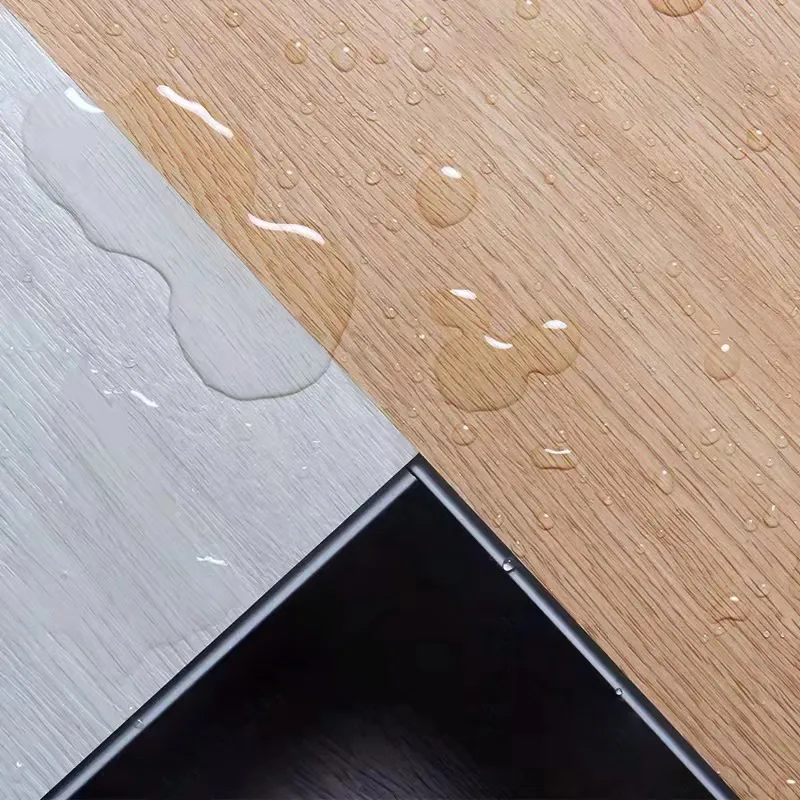
(wpc composite cladding)
FAQS on wpc composite cladding
Q: What is WPC composite cladding?
A: WPC composite cladding is a building material made by combining wood fibers and plastic. It is commonly used as an exterior wall covering for added protection and aesthetics. This material offers durability, weather resistance, and a modern appearance.Q: How does WPC composite cladding differ from traditional wood?
A: Compared to traditional wood, WPC composite cladding is more resistant to moisture, rot, and insect damage. It also requires less maintenance like painting or sealing. This makes it a longer-lasting and cost-effective solution.Q: Can WPC composite cladding be used with composite WPC decking?
A: Yes, WPC composite cladding and composite WPC decking are designed to complement each other. Both materials offer similar benefits in durability and appearance. They can collectively create a cohesive outdoor design.Q: Is WPC composite fencing a suitable solution for privacy?
A: WPC composite fencing is an excellent choice for privacy due to its solid structure and height options. It provides a stylish, low-maintenance barrier between properties. This fencing material also resists weathering and fading.Q: How easy is it to install WPC composite cladding?
A: Installing WPC composite cladding is generally straightforward with common tools and clear instructions. Many products feature interlocking panels for a secure fit. Professional installation is recommended for optimal results and longevity.-
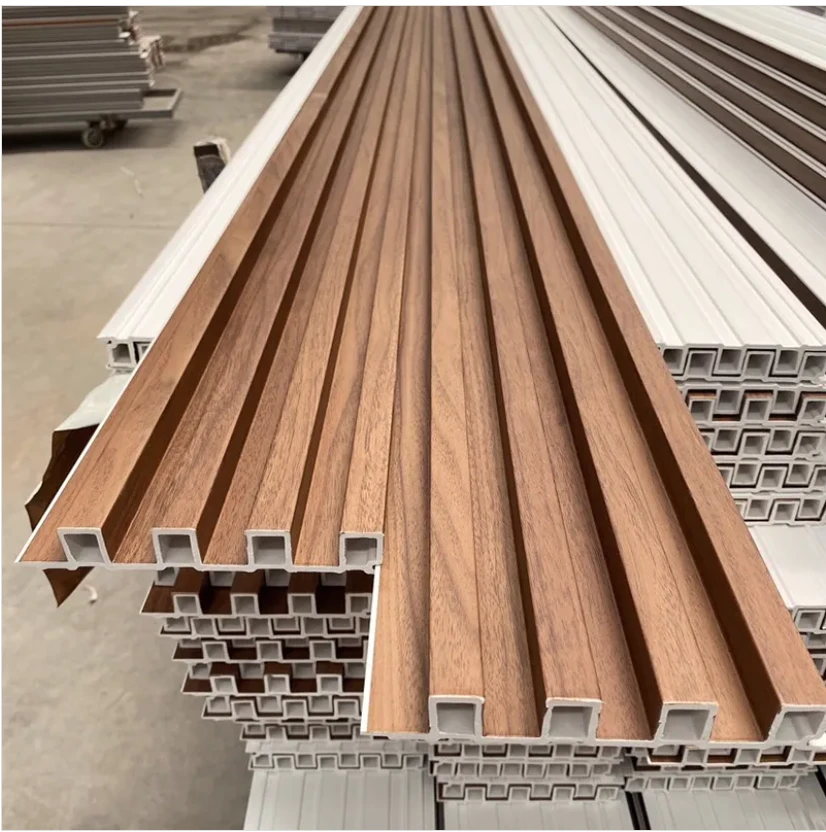 WPC Wall Panel Outdoor Weather ResistanceModern exterior design solutions increasingly utilize WPC exterior wall cladding for its exceptional durability and aesthetic appeal.Read More >
WPC Wall Panel Outdoor Weather ResistanceModern exterior design solutions increasingly utilize WPC exterior wall cladding for its exceptional durability and aesthetic appeal.Read More >Aug 05 2025
-
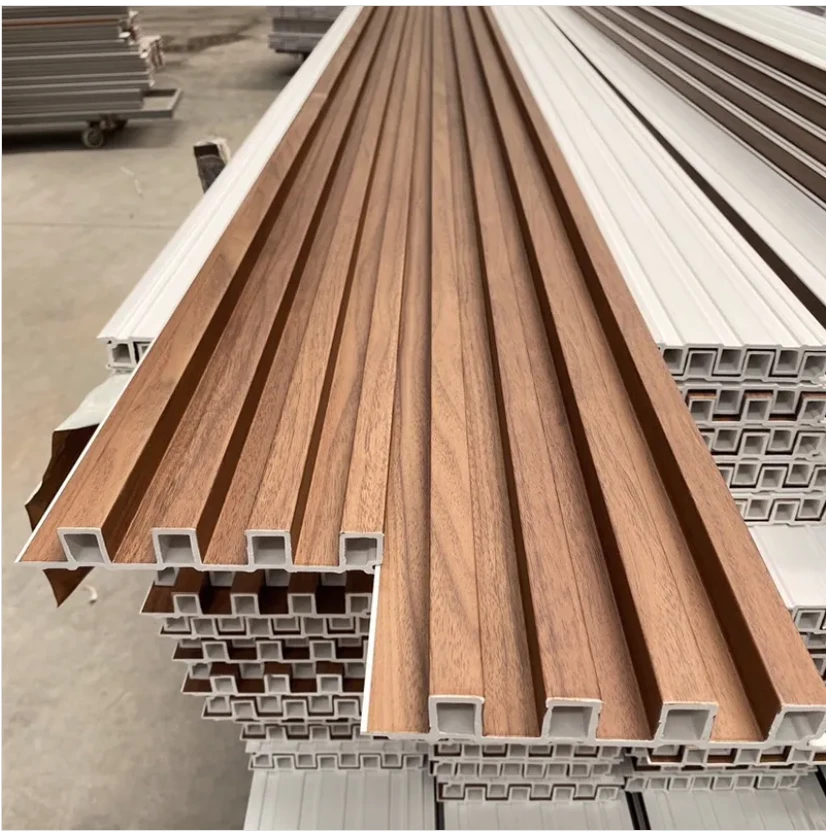 WPC Wall Panel for Wine CellarsThe ideal wine cellar requires specialized wall solutions that perfectly balance functionality and aesthetics.Read More >
WPC Wall Panel for Wine CellarsThe ideal wine cellar requires specialized wall solutions that perfectly balance functionality and aesthetics.Read More >Aug 05 2025
-
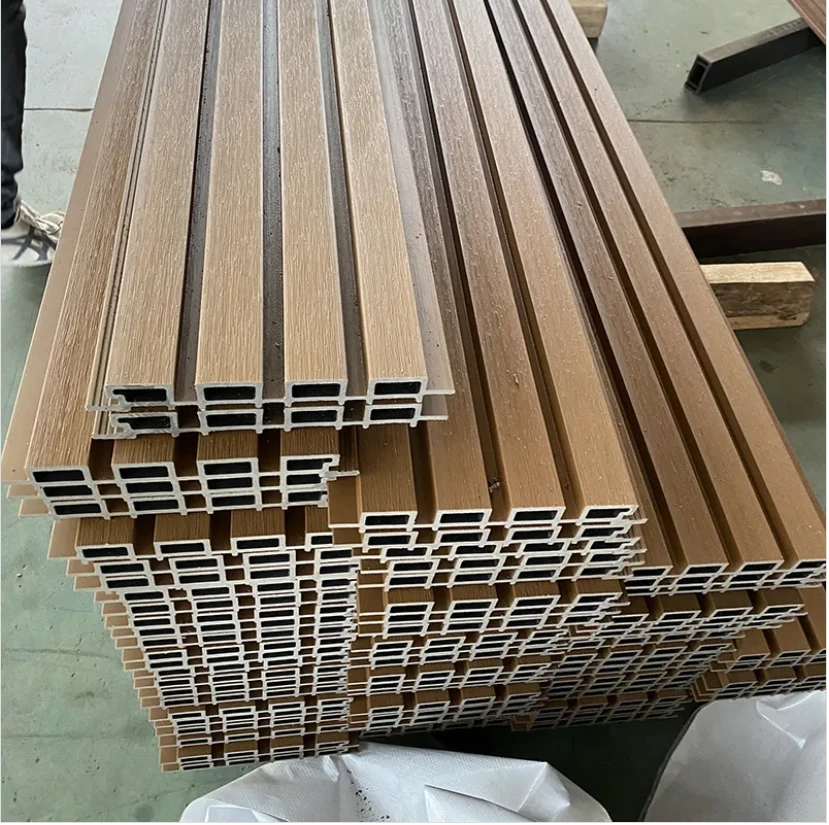 WPC Wall Panel Expansion GapsProfessional installation of WPC wall cladding requires meticulous attention to expansion gap requirements to ensure long-term durability and aesthetic performance.Read More >
WPC Wall Panel Expansion GapsProfessional installation of WPC wall cladding requires meticulous attention to expansion gap requirements to ensure long-term durability and aesthetic performance.Read More >Aug 05 2025
-
 SPC Flooring Stone Look Outdoor UseOutdoor living spaces now benefit from durable and stylish SPC floor tiles that combine the beauty of natural stone with exceptional performance.Read More >
SPC Flooring Stone Look Outdoor UseOutdoor living spaces now benefit from durable and stylish SPC floor tiles that combine the beauty of natural stone with exceptional performance.Read More >Aug 05 2025
-
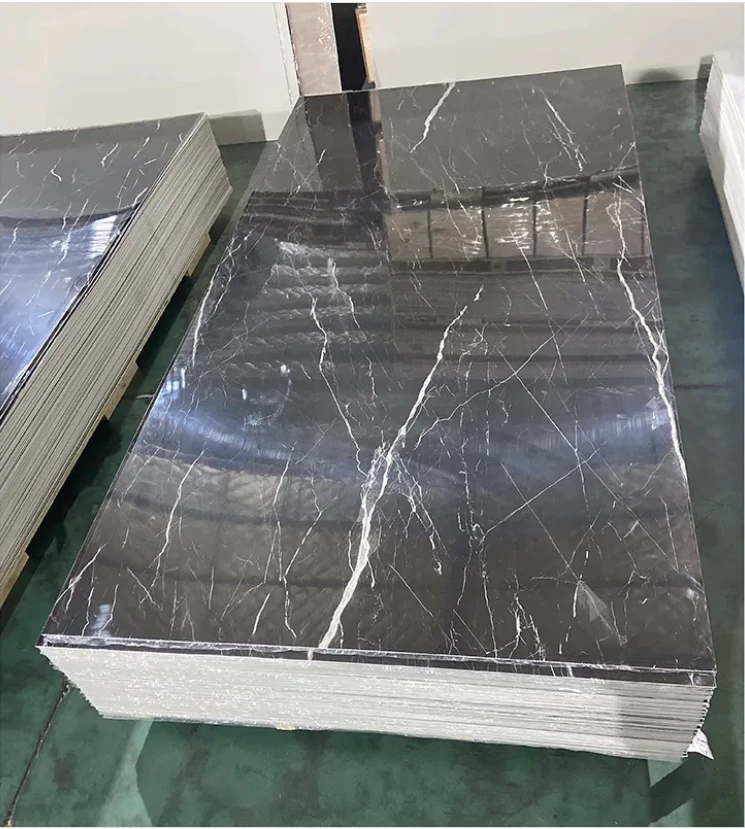 Marble Effect PVC Panels Color OptionsModern interior design increasingly utilizes marble effect PVC panels for their luxurious appearance and practical benefits.Read More >
Marble Effect PVC Panels Color OptionsModern interior design increasingly utilizes marble effect PVC panels for their luxurious appearance and practical benefits.Read More >Aug 05 2025




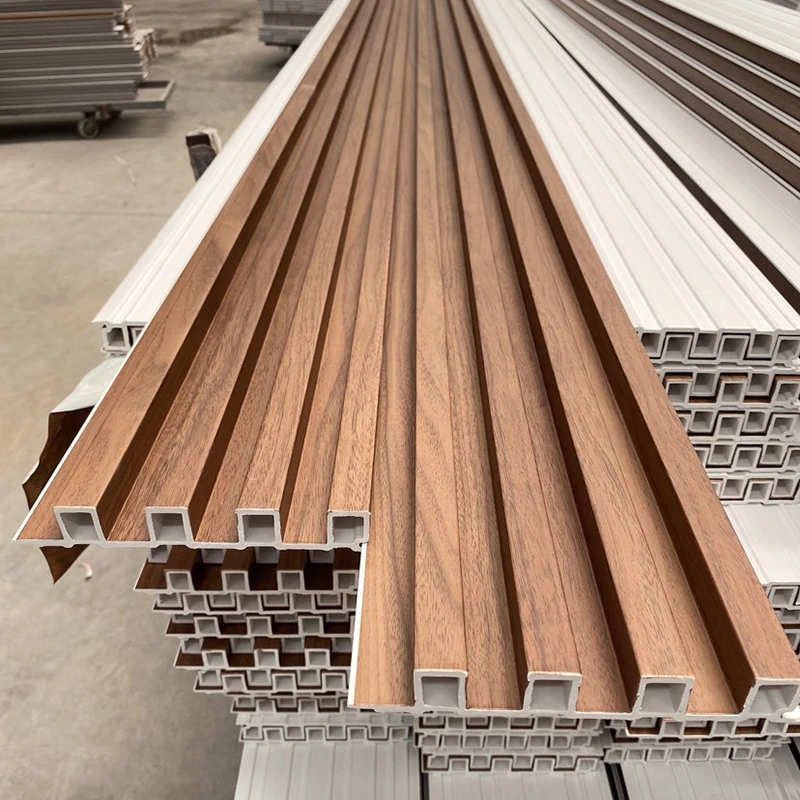
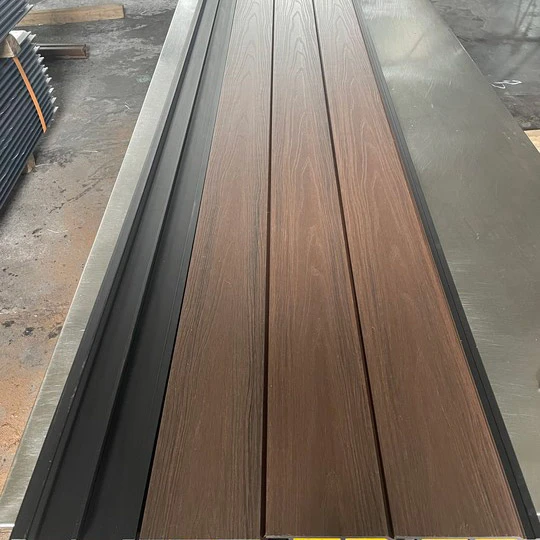

 +86 31185293045
+86 31185293045  qian@ss711.com
qian@ss711.com 















